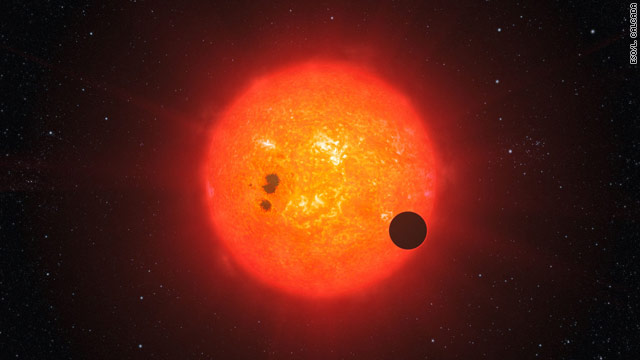
Well here’s a story worth following up on. Last summer a six man crew embarked on a simulated journey to Mars, in Moscow, Russia. On Friday November 4, the Mars500 experiment concluded and all six crew members returned “home” healthy, safe and sound. For 520 days the team essentially pretended to fly to the distant Red Planet, explore its features, and return to Earth. Their objective was to simulate the psychological and physiological stresses of a real space mission to Mars, and according to the latest reports the data collected from this experiment will indeed be useful for further space exploration. When he stepped out of hatch of the Mars500 spacecraft, European Space Agency participant Diego Urbina said this: “On the Mars500 mission, we have achieved on Earth the longest space voyage ever so that humankind can one day greet a new dawn on the surface of a distant, but reachable, planet.” And for that we are all thankful and truly impressed, might I add. Though weightlessness was not experienced for obvious reasons, the team was forced to wear space suits and endure many other symptoms of a space mission including communication delays. Even though they were stationed on Earth, messages sent to and from the Mars500 simulator could sometimes take up to 25 minutes to reach its destination. During their trip, stress and hormone levels, sleep patterns and moods were monitered closely and dietary supplements were tested. For science! And the future of real space exploration! Watch the crew return to Earth in a video embedded after the break.
[Via BBC News; Engadget] Continue reading Mars500 crew returns home from simulated mission to space












